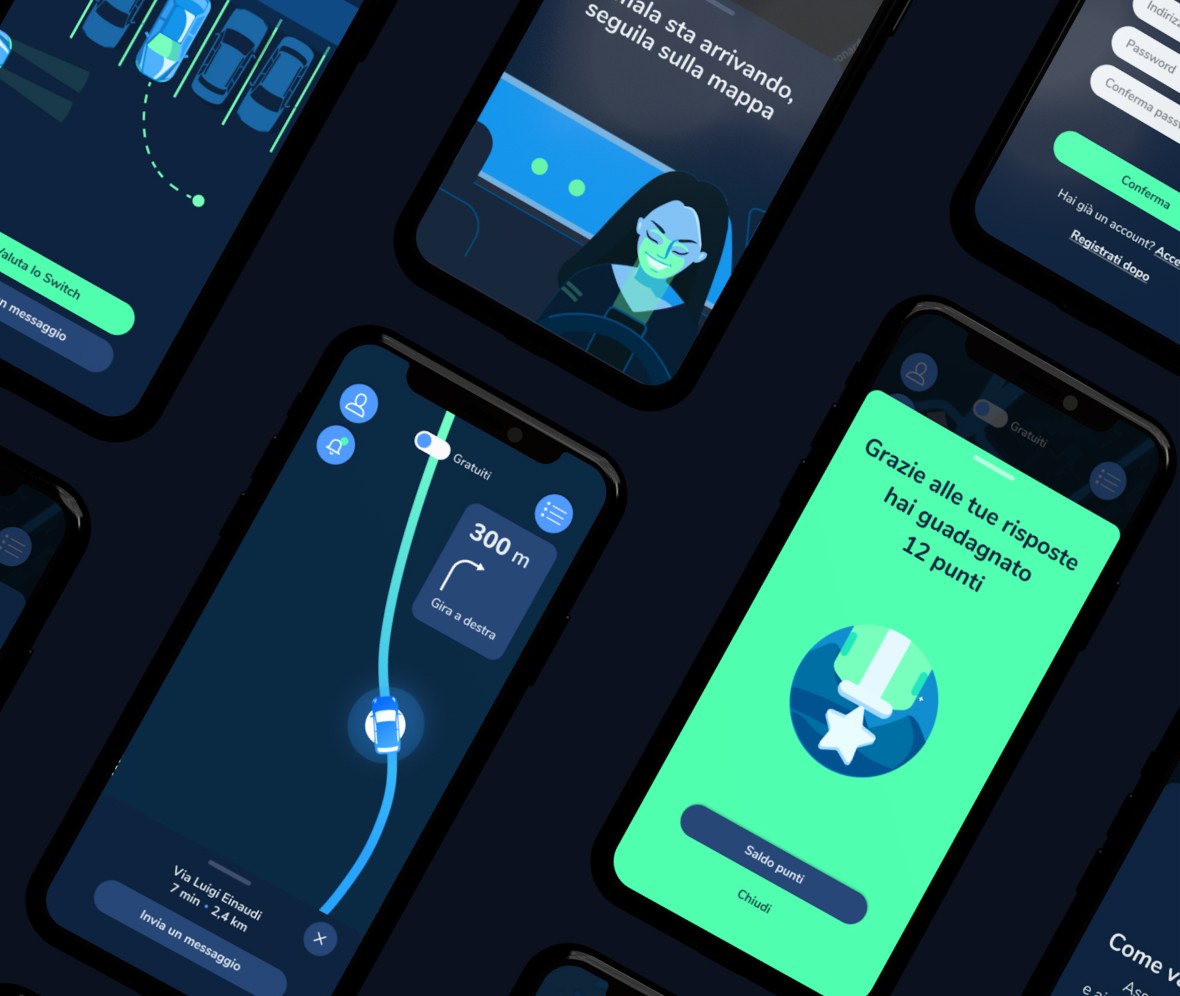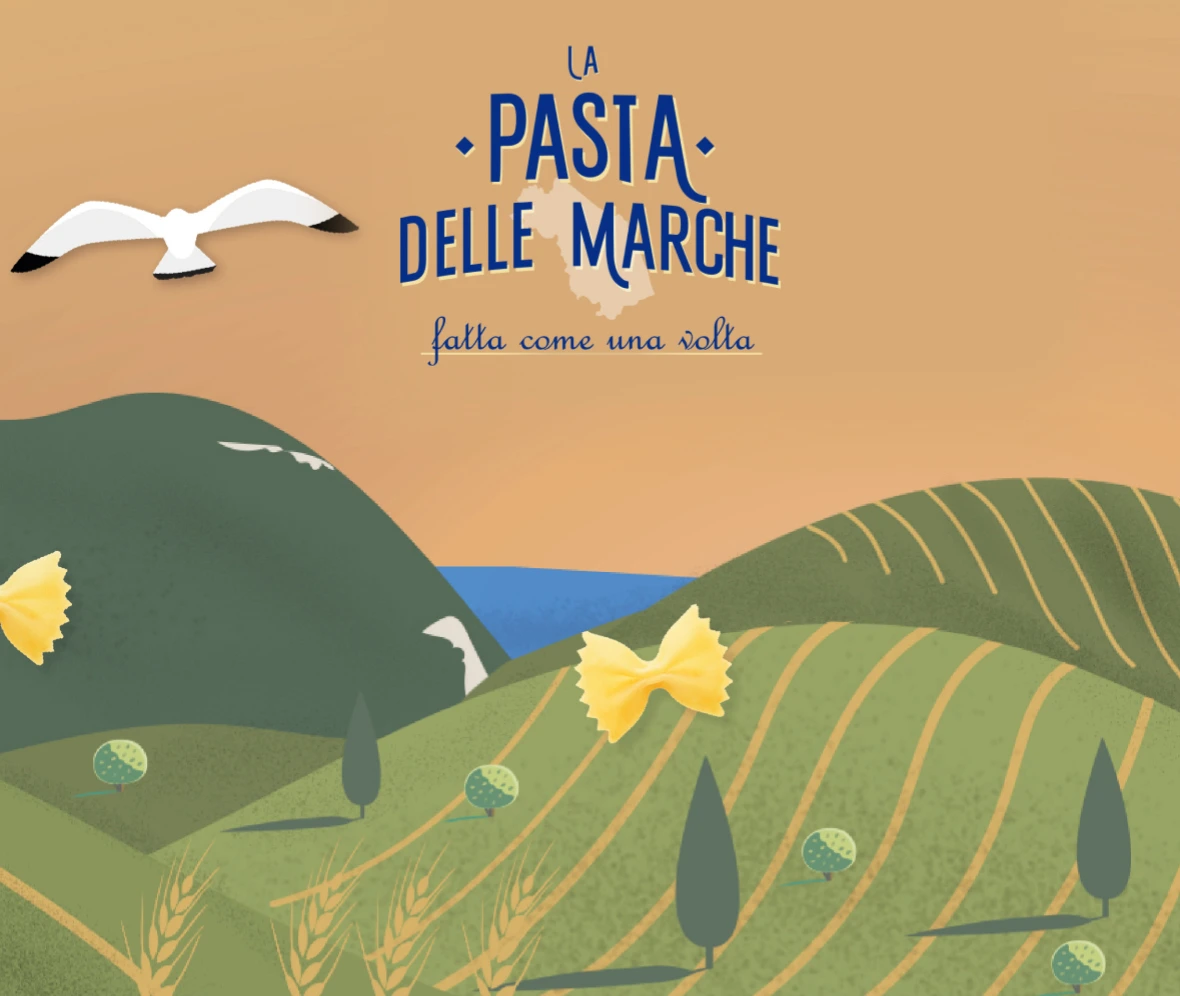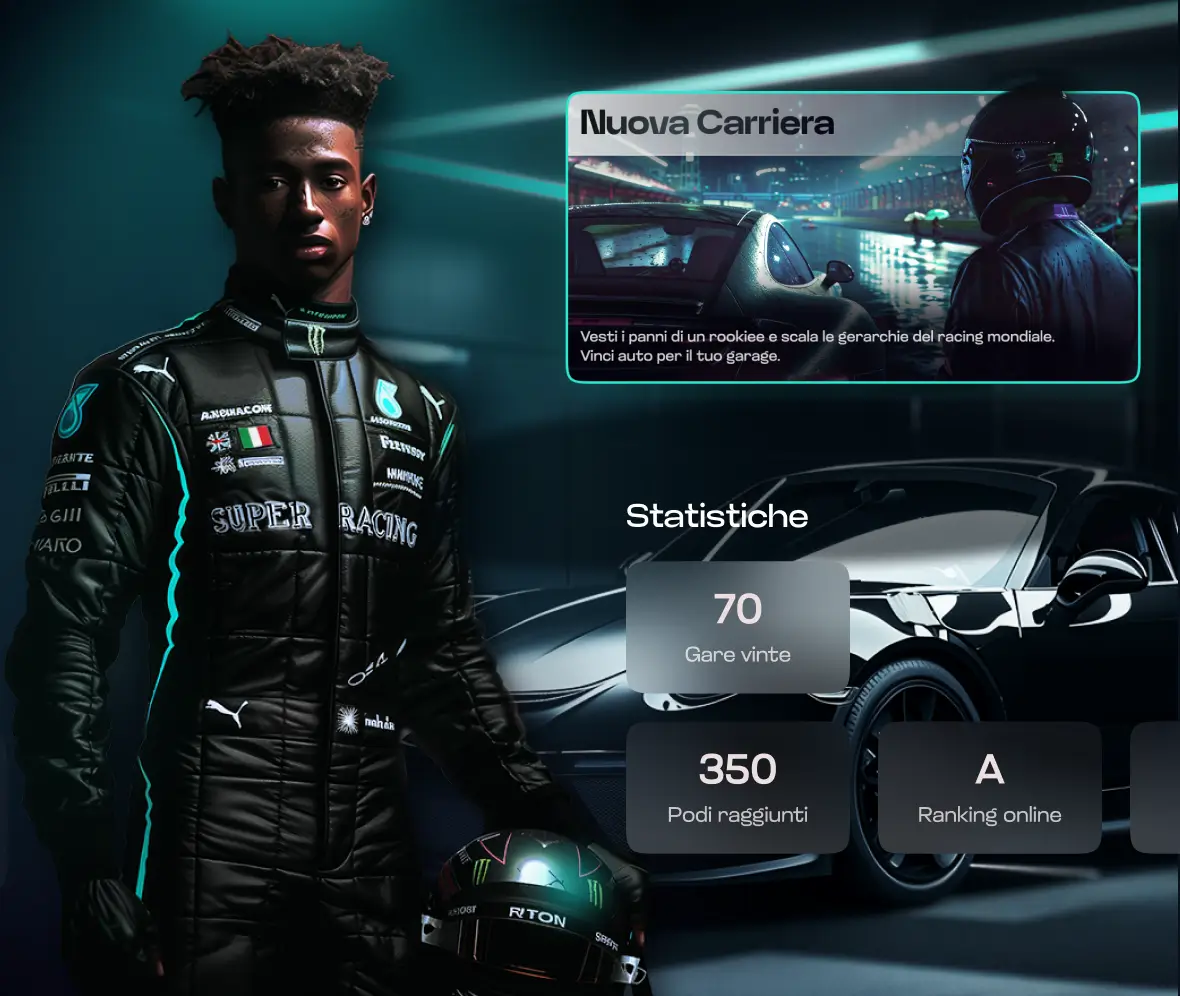drag
B2B product for corporate
treasury
A case study of innovating financial management for Italian companies: a B2B solution to simplify and optimize business cash flow.

Our Fintech Company
In recent months, I have had the privilege of working on an exciting project to develop a new B2B product dedicated to corporate treasury management. The company I work for already operates in the B2C fintech sector with a payment and banking app and a web app.
Now, we have decided to expand our range of services by introducing this innovative tool to meet the growing demand for efficient and user-friendly financial solutions from businesses.
Our Fintech Company
In recent months, I have had the privilege of working on an exciting project to develop a new B2B product dedicated to corporate treasury management. The company I work for already operates in the B2C fintech sector with a payment and banking app and a web app.
Now, we have decided to expand our range of services by introducing this innovative tool to meet the growing demand for efficient and user-friendly financial solutions from businesses.
The financial landscape in Europe
Riding the wave of financial transformation, in a world where 80% of European entrepreneurs still rely on manual processes and Excel spreadsheets to manage cash flow, there is an urgent need for new tools that enable intelligent financial management for businesses.
Inefficient cash flow management remains one of the leading causes of failure for SMEs, with an average of 200,000 business closures occurring each year in Europe. To address this critical issue, our company decided to develop a digital platform that allows for rapid and secure aggregation of all cash flow data. By streamlining the liquidity management process, this platform enables businesses to respond promptly to threats to their financial stability.
Our goal is to provide entrepreneurs with a reliable and advanced tool to intelligently manage the liquidity and cash flow of their companies. Through process automation and integration, our product will save time and resources, eliminating the need for complex manual tasks and enabling informed decisions based on accurate and up-to-date financial data.
Quality and speed
Our main goal was to create a B2B product that provides users with a high-quality experience by simplifying and automating business financial processes. This automation includes automatically categorizing transactions and reconciling invoices, as well as offering the ability to forecast future cash flow for informed financial decision-making.
Regarding the product launch, we outlined the following key points:
1.
Launching the open beta
Introducing the free open beta version to gather feedback from users and refine the product based on their input.
2.
Launching the paid version
Subsequently, launching the paid version, which includes all features and subscription options.
Microteams & Iterative Cycles
Initially, I collaborated with the lead designer to kickstart the project, focusing on the UX and UI phases. After a few months, I was promoted to head of B2B product design, assuming a broader role in the design process.
During the project, I collaborated with microteams that included backend and frontend developers. This synergistic collaboration with the development team was crucial in transforming design ideas into concrete and functional solutions. Working closely with developers in iterative cycles allowed us to design a UI that integrated seamlessly with the technical implementation, maintaining visual consistency and an optimal user experience.
Throughout the product development process, I participated in demos and presentations, using the prototypes I created. This approach engaged accountants and business owners, allowing them to experience the interface firsthand and provide direct feedback. Additionally, it allowed us to showcase the project during fintech events to attract new clients and potential investors. This direct interaction with end users helped us better understand their specific needs and transform them into an intuitive and user-friendly interface.

My focus was on designing an intuitive and easy-to-navigate user interface to simplify complex functionalities as much as possible. To achieve this goal, I conducted in-depth research, user testing, and design iterations for each product feature. I analyzed the competitors overview and worked closely with the team to ensure the product delivered an optimal user experience, including onboarding to explain the various product features, facilitating user adoption. Additionally, I led the design system creation process, defining the product's visual identity and developing a consistent system of design components, guidelines, and visual styles.
Key Features for Success
In the development process of our B2B product, our main objective was to provide a comprehensive package to businesses, surpass our competitors, and deliver essential business functionalities. After a thorough analysis of competitors and business needs, we identified the following key features that were essential in our product, which I designed:

Intuitive Registration Flow
We provided a user-friendly registration, connecting seamlessly to fiscal drawers and corporate bank accounts.

Invoice Reconciliation
Streamlining invoice management through automated reconciliation between transactions and invoices.

Transaction Categorization
Automatic categorization of transactions with customizable rules and category management.

Personalized Cash Flow
Real-time and reliable customized forecasts for informed financial decisions and resource optimization.

Statistical Dashboard
Clear financial overview with graphs and statistics for monitoring and informed decision-making.

pagoPA Payments
Simplified payments to suppliers, employees, and public entities, saving valuable time.
1.
Scenari di cashflow
Lorem ipsum dolor sit amet consectetur. Venenatis eget scelerisque eget nisi. Facilisi sed dolor in euismod morbi auctor blandit massa. Pretium in leo integer nisl eu nulla commodo nisl sollicitudin. Interdum vel urna.
3.
Movimenti bancari
Lorem ipsum dolor sit amet consectetur. Venenatis eget scelerisque eget nisi. Facilisi sed dolor in euismod morbi auctor blandit massa. Pretium in leo integer nisl eu nulla commodo nisl sollicitudin. Interdum vel urna.
2.
Riconciliazione fatture
Lorem ipsum dolor sit amet consectetur. Venenatis eget scelerisque eget nisi. Facilisi sed dolor in euismod morbi auctor blandit massa. Pretium in leo integer nisl eu nulla commodo nisl sollicitudin. Interdum vel urna.
4.
Categorizzazione movimenti
Lorem ipsum dolor sit amet consectetur. Venenatis eget scelerisque eget nisi. Facilisi sed dolor in euismod morbi auctor blandit massa. Pretium in leo integer nisl eu nulla commodo nisl sollicitudin. Interdum vel urna.
Competitive landscape analysis
We conducted an in-depth analysis of competitors in the market, including companies like Qonto, Sibil, and Agicap, to thoroughly understand their offerings and strategies. This allowed us to identify potential gaps and opportunities for our product. Leveraging this detailed analysis, we developed a unique and differentiated solution that sets us apart from our competitors.

Continuous Optimization
The design process utilized for this B2B project followed a user-centric methodology and involved iterative cycles with microteams. Initially, we focused heavily on the UX for the overall design of the B2B product. This phase encompassed understanding the context, conducting competitor research and analysis, defining user stories and flows, and conducting style research to establish the visual aspect of the product.
For each individual feature, I proceeded with creating specific wireframes, designing UI tailored to unique needs, and prototyping and testing to verify the usability and effectiveness of the proposed solutions.
The daily design process for new features followed the same phases, with a specific focus on understanding the feature's context, conducting dedicated research and analysis, ideating user stories and flows, creating appropriate wireframes, designing the UI, and prototyping and testing to optimize the user experience and gather feedback for further improvements.
Here are the design process stages used for each feature:
1. CONTEXT UNDERSTANDING
In collaboration with the microteam, comprehensive documentation was created, detailing tasks, and providing thorough descriptions, specifications, and work steps.
2. RESEARCH AND ANALYSIS
For each feature and task within the product, I adopted a detailed and specific approach during the research and analysis phase. This process included competitors analysis and targeted benchmarking of specific features under study, which were then shared with the team on Miro. I studied existing solutions and user interfaces (UI) related to each feature, seeking to identify best practices and strengths to inspire and improve our proposal.
During the analysis phase, we found that certain features had not yet been implemented by competitors. For this reason, I deemed it necessary to delve deeper into the study of such functionalities, such as the subtotal feature in cash flow scenarios. This phase required careful attention and detailed analysis to ensure the development of effective features seamlessly integrated into the product's user experience.
3. USER STORIES AND FLOWS
Starting from personas (in this case created by an external agency), I outlined all possible user paths within the features. This allowed me to better understand user needs and behaviors. I collaborated with the team to analyze information architecture, highlighting critical points and reaching a common understanding.

4. WIREFRAME
During the wireframing phase, I developed various design proposals to share with the entire team. Together, we evaluated the options and selected the most promising solutions for each feature. Subsequently, we initiated an iterative cycle of continuous improvement, refining wireframes based on collected feedback and specific user needs. This collaborative approach yielded optimal results, ensuring accurate design aligned with the team's and users' expectations.

5. USER INTERFACE
After validating the wireframes, I enthusiastically launched the user interface (UI) design for each feature, maintaining a consistent style with the design system I created.
Initially, we underestimated the implementation of the design system, aiming to accelerate product launch and outpace competitors. However, we quickly realized that the design system was a fundamental pillar for creating a cohesive user experience and high-quality interface. The main goal was to create an intuitive and engaging interface, carefully defining essential elements such as colors, typography, spacing, grids, and shadows using dedicated tokens to ensure consistency and flexibility throughout the product. With these foundational elements in place, I designed the "molecules," basic components of the interface, including buttons, icons, modals, and cards.
This approach facilitated a consistent design throughout the product. Once implemented, we noticed a significant improvement in efficiency and collaboration among team members.


6. PROTOTYPING AND INTERACTION
I created several prototypes, which were presented to the team to gather valuable feedback and test interactions with external users. These prototypes were also valuable tools during fintech events, where they attracted the attention of potential clients and investors. To engage users and enhance the overall experience, I designed custom microinteractions. For instance, I implemented interactions to facilitate transaction categorization and provided visual feedback, such as Lottie animations, for empty states and loading screens.
These microinteractions made the interface more appealing and intuitive, significantly improving user interaction. My prototyping approach was highly appreciated by the development team, as it provided them with a clear and tangible understanding of how the product's various features worked. This streamlined their work, enabling them to have a concrete vision of interactions and animations and identify potential critical points before entering the actual development phase.
Overall, the use of prototypes added value for both the design team, who could validate their solutions interactively, and the development team, who gained a clear view of the features to be implemented, ensuring a more efficient and satisfactory development process for everyone. Thanks to this iterative approach and constant team feedback, the final product was optimized to offer a high-quality user experience and meet specific user needs.
7. DELIVERY AND DEVELOPMENT
Once the design phase was complete, I managed the delivery of assets to the development team, using tools like Zeplin to facilitate collaboration and ensure an efficient workflow. During the development process, I closely monitored the product to ensure the designed solutions were accurately implemented and aligned with established quality standards.
Additionally, I conducted a series of tests to verify the functionality and usability of the new features, ensuring they fully met user needs and delivered a high-quality experience. My careful oversight during this phase contributed to optimizing the final product, ready for market launch.

8. TESTING
During the design process, we followed an iterative approach that included internal testing with interactive prototypes to evaluate and improve the user experience from the early development stages. After the "alpha" development phase, we conducted further internal tests to gather feedback from the team and make improvements. Subsequently, we conducted interviews with some users to better understand their needs and opinions. These processes helped us optimize the user experience and deliver a high-quality product tailored to user needs.
Through this daily working method, I managed to enhance the product's features, creating an engaging and intuitive user experience. I will continue to use this iterative approach to ensure the design remains aligned with user needs and adapts to market changes.
The Key Features
Seeing the carefully planned UX come to life brought immense satisfaction. Witnessing the key features I designed become integral to our innovative B2B product was truly rewarding.
Among the various functionalities I designed, I optimized the registration flow by simplifying the process of linking the tax drawer and corporate bank account. Additionally, in collaboration with my team, I designed an automated invoice reconciliation system, streamlining payments and providing accurate monitoring of company financial flows. To complete the financial experience, I crafted detailed statistics offering a comprehensive view of financial activities and business performance, as well as an automatic transaction categorization feature.
During our B2B project journey, I had the opportunity to develop an MVP prototype that played a crucial role within our team and engaged potential clients and investors in the fintech industry. Valuable feedback and investor contributions inspired continuous product refinement, leading to the implementation of high-value new features.
Afterwards, we introduced the free open beta version, which was used by 40 companies that registered and tested the product. We conducted interviews with some of these companies, gathering valuable feedback that allowed us to optimize the product and introduce new features.
This feedback inspired continuous improvement of the product, with the addition of valuable new features. Among these, the forecasting of cash flow scenarios stands out, appreciated by users for its accuracy in predicting future income and expenses, supporting informed financial decisions. Currently, we are working on launching the paid B2B product through a subscription model, including all features along with new additions.
Below, I present some of the key features of our B2B project that I designed. The page is currently under construction, and soon, additional features will be added.
Cash Flow Scenarios

Within the cash flow scenarios section of our B2B product, I developed a range of advanced features to provide users with a comprehensive and highly customizable financial experience.
The ability to create personalized scenarios, group costs using subtotals, utilize forecasting formulas for accurate predictions, and import historical financial data through data Import from the past gives our users a powerful tool to manage and forecast their company's financial situation.
Below is the prototype showcasing the functionality of subtotals and importing past financial data.

Custom cash flow scenario
With this feature, users can create custom ad hoc cash flow scenarios, enabling them to monitor specific expense or income categories.

Data Import from the Past
Enhance forecast accuracy and enable thorough analysis by seamlessly integrating past financial data manually or through file-based processes.

Subtotals
Subtotals offer the ability to aggregate and intuitively display costs for a specific category providing users with a detailed cash flow overview.

Forecasting Formulas
Forecasting formulas empower users to predict cash flow accurately, using historical data and specifying percentage variations from prior periods.
Transaction Categorization
Automatic categorization of transactions is a pivotal feature of our B2B product, designed to streamline financial management for businesses. Throughout this process, I played a key role in ideation and design, ensuring an intuitive and customizable user experience.
I crafted the transaction list screen to allow users to categorize transactions manually or automatically, while also providing the option to associate invoices with transactions. This solution offers complete control over financial organization, empowering users to tailor the system to their specific business needs.

Categories
I introduced the option to create categories and subcategories for cash flow scenarios, providing an intuitive drag-and-drop function for effortless category sorting.

Transaction List
I implemented a feature enabling users to confirm auto-categorized transactions and manually link them to invoices when necessary.
My Journey
Working on a corporate treasury management product was quite challenging, especially because I didn't know much about the B2B sector. However, my passion for fintech and design drove me to confront these challenges directly. Overcoming them not only helped me grow professionally, but also led me to become the design lead for this product.
Seeing 40 companies actively using our product during the open beta phase was incredibly gratifying, reinforcing the importance of user-centric design principles.
Currently, my focus lies in transforming the B2B product into a subscription-based service, offering a base subscription with the option to add extra services.
In conclusion, this project allowed me to merge my passion for fintech and design, guiding it from the initial UX design stages to the final product. Together, we developed a tool that streamlines business operations, saving time and enhancing efficiency.









